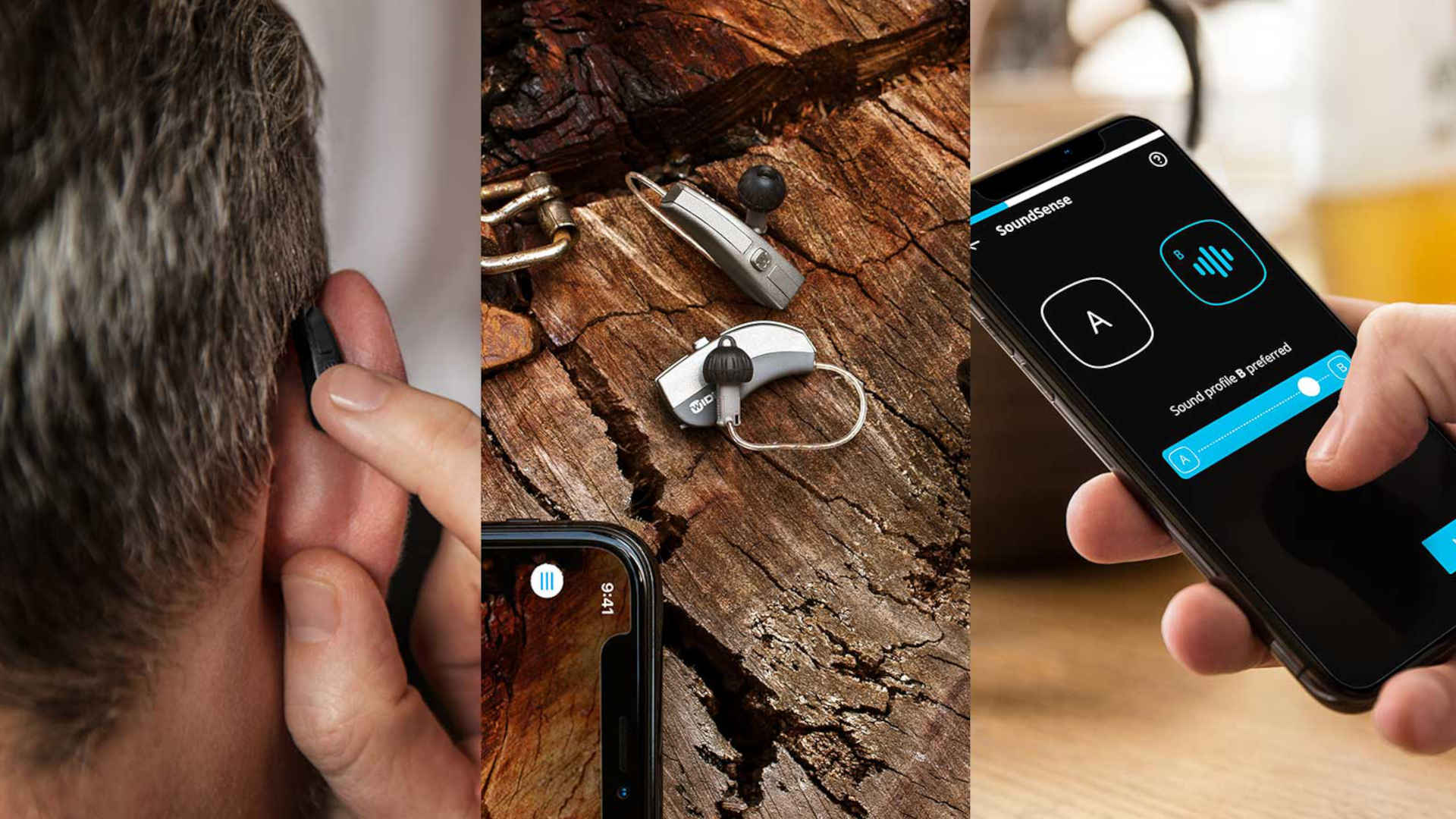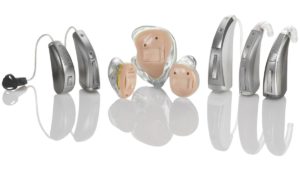
How To Choose The Best Hearing Aids?
To answer this question we first need to add two words to the end of it. “For Me”. How To Choose The Best Hearing Aids For Me?
One thing is for certain. Not all hearing aids are created equal. They range from a basic or entry level technology all the way up to premium level. The cream of the crop! Not everyone needs the best of the best and not everyone benefits from the limitations of an entry level device. In order to make an informed decision you need to understand what your hearing needs and budget are. This might eliminate some of your options because certain styles or technology may not be able to accommodate your particular hearing loss. Let’s go over some of the basics of hearing aids.
Hearing Aids are remarkably complex devices. They’re literally mini computers that sit in your ears. Capable of performing millions of calculations in a fraction of a second. But when you get right down to it they can be reduced to simple devices that function the same. A microphone, an amp, and a receiver.
 How The Hearing Aid Works
How The Hearing Aid Works
Sound goes into a microphone. A computer chip (Amp) converts that sound into digital code. That code is analyzed and adjusted based on your hearing loss, listening needs, and the level of the sounds around you. The adjusted code is then converted back into sound and sent back to your ears through the speakers (Receiver).
Hearing Aid Styles

Hearing Aids come in two primary categories. Standard and Custom. Standard is worn behind the ear with a mold and/or receiver in the ear canal and Custom is built specific to the shape of your ear. Within the categories are there are several specific styles.
RIC or Receiver In the Canal accounts for nearly 80 percent of todays hearing aid sales. Why so much? They are very discreet, have a lot of power options and can be fit with an open dome in the ear. This dome keeps the ear canal very open, allowing for low-frequency sounds to enter the ear naturally and for high-frequency sounds to be amplified through the hearing aid. This makes the style a good choice for people with better low-frequency hearing and mild to moderate high-frequency hearing loss. For more information on styles visit our products page.
Whats the difference between the least and most expensive ones?
There’s a lot of research and development that goes into hearing aids. As mentioned above the microphone, amp and receiver are the basic components but the quality of those are what separate a good hearing aid from a bad one. In addition to the basic components the options to be considerate of are
- Noise reduction. How well they work in a noisy environments by identifying speech, wind or other noises.
- Directional microphones. Can pickup sounds in front while reducing sounds coming from behind or beside you. Great when you’re in an environment with a lot of background noise like a restaurant or dinner party.
- Rechargeable. No need to change little batteries. Most hearing aids sold today are rechargeable and have portable chargers.
- Telecoils. Makes it easier to hear when talking on a telephone. Telecoils also pick up signals from public induction loop systems sometimes found in churches and theatres.
- Wireless connectivity. Will pair with Bluetooth-compatible devices, such as cellphones, tablets, computers and televisions.
- Remote controls. Adjust features without touching the hearing aid. Some hearing aids connect wirelessly to a cellphone and have a cellphone application that allows use of the cellphone as a remote control.
- Direct audio input. Plug in to audio from a television, a computer or a music device with a cord.
- Variable programming. Some hearing aids can store several preprogrammed settings for various listening needs and environments.
- Synchronization. Hearing Aids can be programmed to function together so adjustments made to a hearing aid on one ear will also be made on the other aid, allowing for simpler control.
When comparing costs
After you’ve had your hearing checked your Audiologist will interpret the data for you and go over recommendations. If hearing aids are recommended you’ll also discuss costs. Some items that will vary from clinic to clinic but impact the cost are:
Warranty – Hearing aids will typically last about 5 years. Does the warranty have Lost and Damage how much is the deductible? Does it cover repairs and remakes
Third Party Coverage – In Ontario the Assistive Devices Program (ADP) covers $500/ear every 5 years. Ensure this is included in the cost you were quoted?
- Isyour hearing loss is work related? You may be eligible for WSIB coverage.
- Have you served in the forces? You may be eligible for full coverage through DVA.
- Private insurance typically covers anywhere from a partial to full coverage.
Trial Period – All hearing aids from a reputable provider have a trial period of at least 30 days. 100% refundable.
The amount of information available can be overwhelming for many. It’s important to ask your Audiologist any questions you have. Some people will write down questions ahead of time on a piece of paper. Others will bring somebody with them to the appointment to help with notes and questions. Your Audiologist is happy to answer all of your questions and help you make the choice that works best for you.
Sources:
https://www.mayoclinic.org/diseases-conditions/hearing-loss/in-depth/hearing-aids/art-20044116
